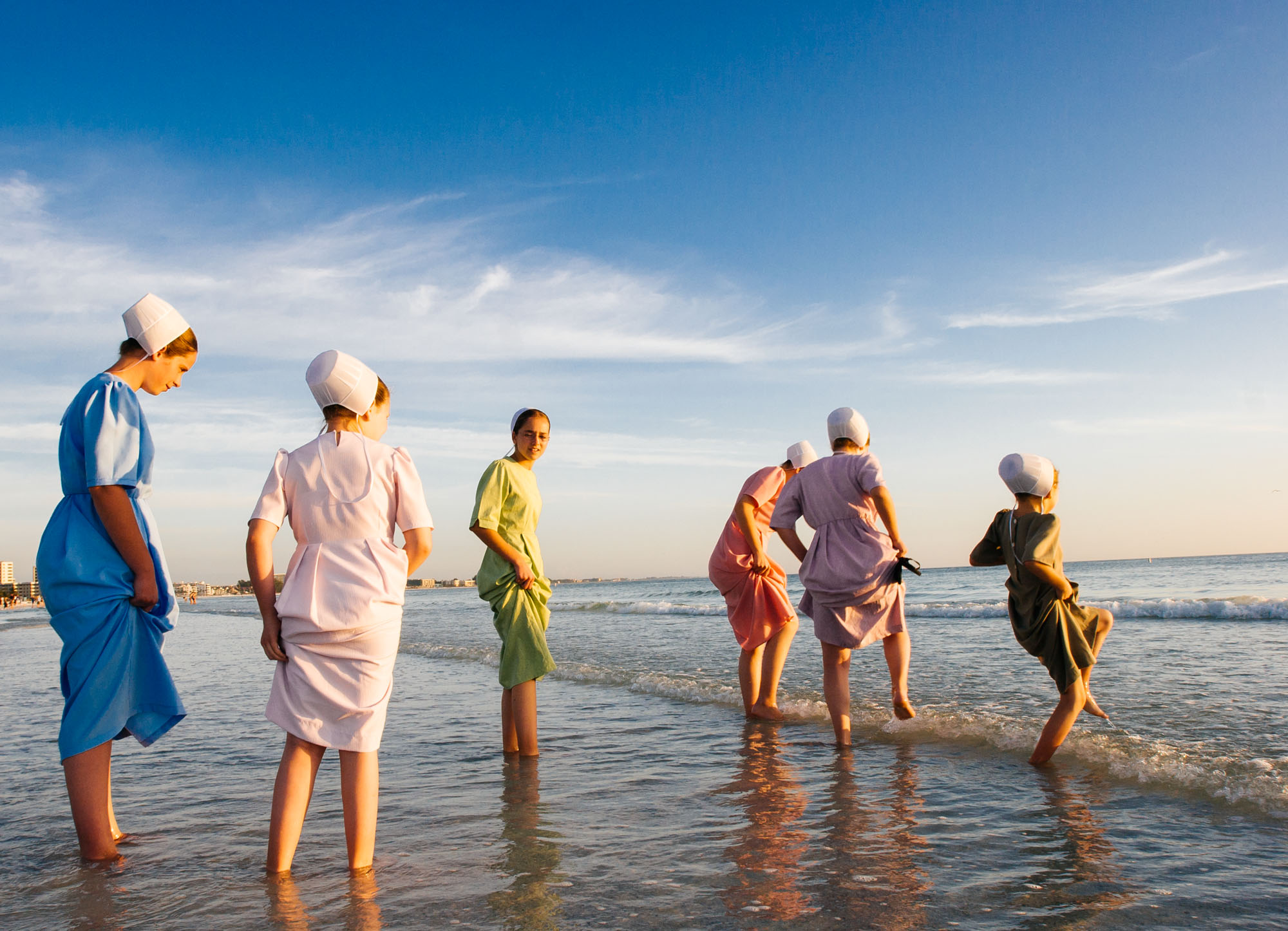ARTICLES
Daniele Volpe / Native
INEQUALITIES AMONG PHOTOJOURNALISTS PRODUCE A FAMILIAR IMAGE
Newsweek, February 2017, Tara Pixley
Lauded photojournalism organization World Press Photo (WPP) released its second “State of News Photography” report in November 2016, a document that addressed many key issues affecting contemporary photojournalists. Most striking was the fact that of the nearly 2,000 news photographers surveyed internationally, a mere 15 percent were female. Also concerning was the revelation that 65 percent were from Western nations, specifically Europe, the United States and Australia. These two statistics reveal that the vast majority of news images are produced by Western-born men. This is the dominant point of view through which the entire world continues to see and understand itself.
Nana Kofi Acquah /
Everyday Africa
WHY WE NEED MORE VISUAL JOURNALISTS AND EDITORS OF COLOR
Nieman Reports, May 2017, Tara Pixley
While photographs that grace the pages and websites of American news media are filled with images of black and brown people whose struggles for racial equality and civil rights are constant media fodder, those behind the images rarely share similar identities and experiences. Brent Lewis, senior photo editor of ESPN’s The Undefeated, says recognizing there is a problem is the first step. “Being aware that when trying to cover stories in the vein of black life, you probably should have someone who actually lived it,” says Lewis. “You need to have insight from someone who understands that realm.” When both photographers in the field and photo editors in the newsroom are primarily white and male, news images will reflect that singular perspective.
Jenn Emergling /
Women Photograph
HIGHLIGHTING WOMEN IN PHOTOJOURNALISM
The New York Times, February 2017, Jim Estrin
Today, women make up the majority of students in undergraduate and graduate photojournalism programs. The top photo editors of National Geographic, Time, The Washington Post, The New York Times and many other American publications are female, as are many if not most of their subordinates. There are, by most accounts, a large number of outstanding young female photographers doing excellent work, leading the way to new directions in storytelling and engagement.
Despite these gains, there are still very few women working on assignment for the major international wire services. Over the last five years, women have consistently accounted for about 15 percent of the entries to the prestigious World Press Photo awards, according to statistics provided by the organization. And the vast majority of photos in many major publications’ collections of the most significant images of 2016 overwhelmingly carried male photographer’s credits — ranging between 80 and 100 percent, a Times review shows.



